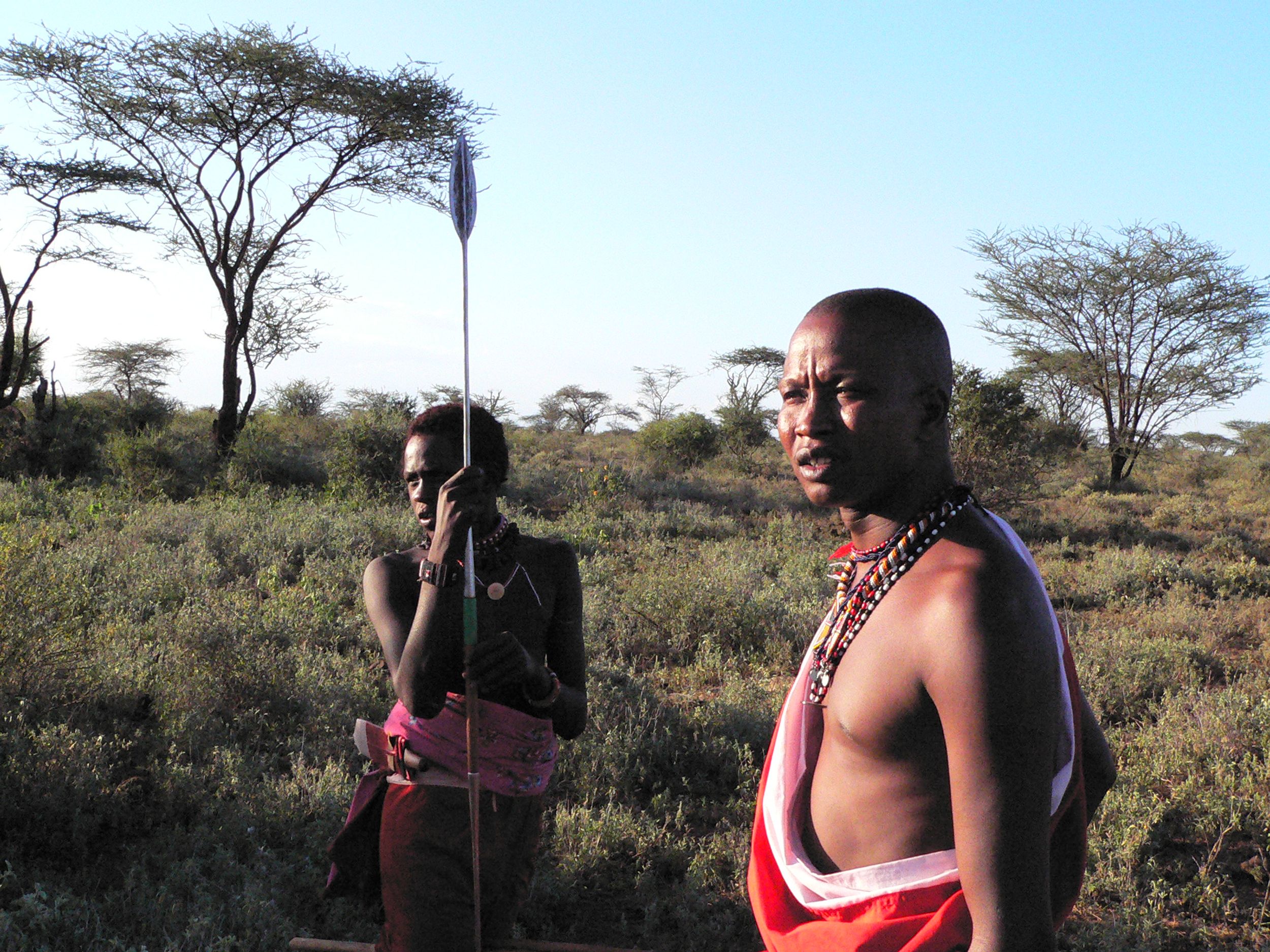
Milking the Rhino
In your average nature documentary that confirms the cliché of "untamed Africa," the local African population is kept just out of the picture. On the contrary, aims the camera at the Maasai in Kenya and the Himba in Namibia, two semi-nomadic tribes with an ancient pastoral and hunting culture that are trying to realise another approach to wildlife with community conservation projects. Animal protection in Africa, director David E. Simpson shows, has chiefly focused on literal separation, strictly screening off animal and man by means of nature reserves. But in setting up these reserves, the indigenous population was repeatedly pushed out of their habitats. By contrast, the recent projects that Simpson concentrates on, set up by the Maasai and Himba themselves, focus on the sustained coexistence of man and animal. Simpson follows a few initiators and ardent advocates, without eschewing the downsides. The conservation projects, in which the tribes mainly make their money from Western tourism, clash with the traditional pastoral tradition. For centuries, the only good lion was a dead lion, and sometimes the conservationists have trouble convincing the herdsmen that in their new world, even rhinos can be milked.